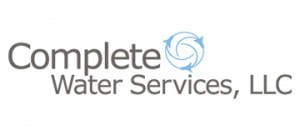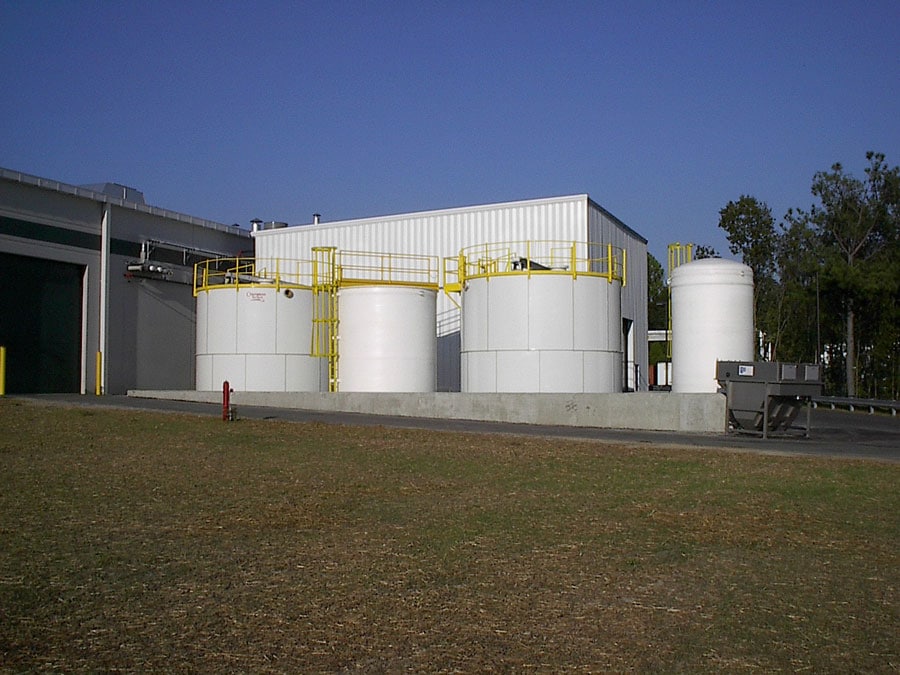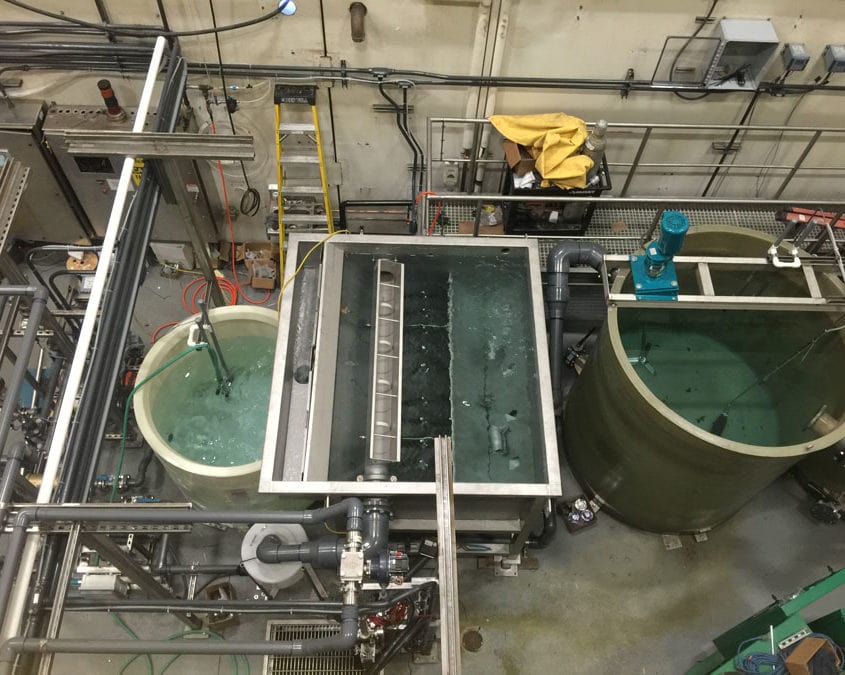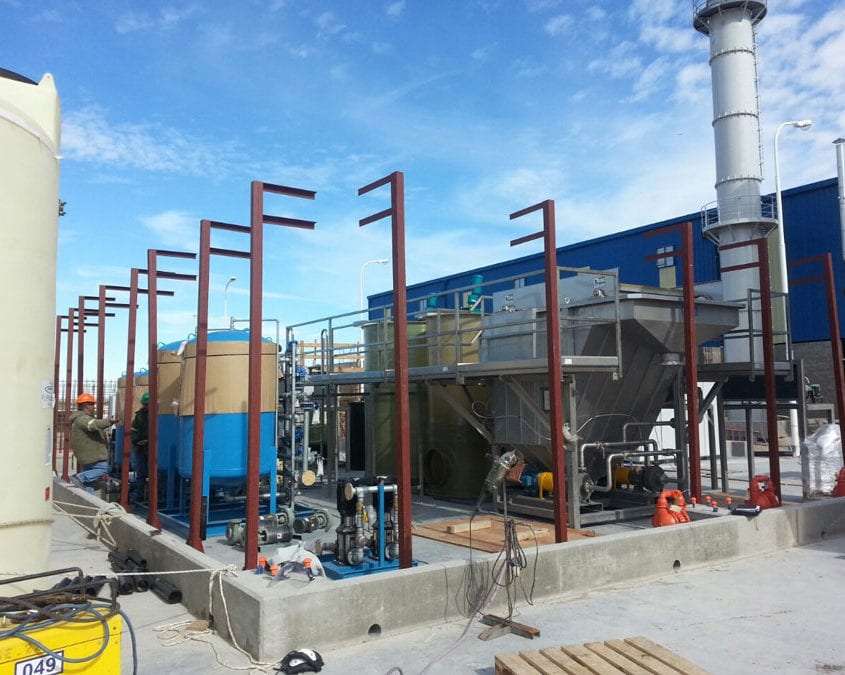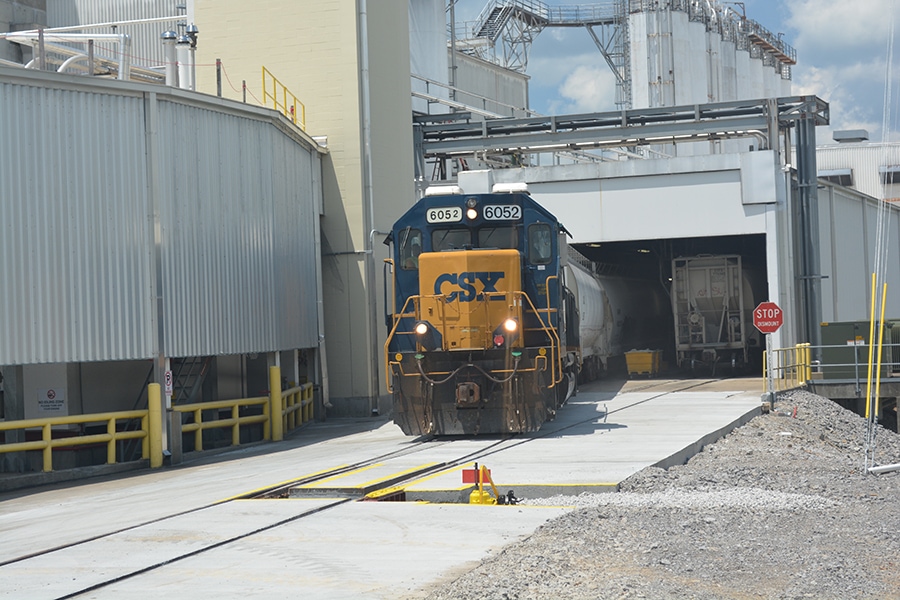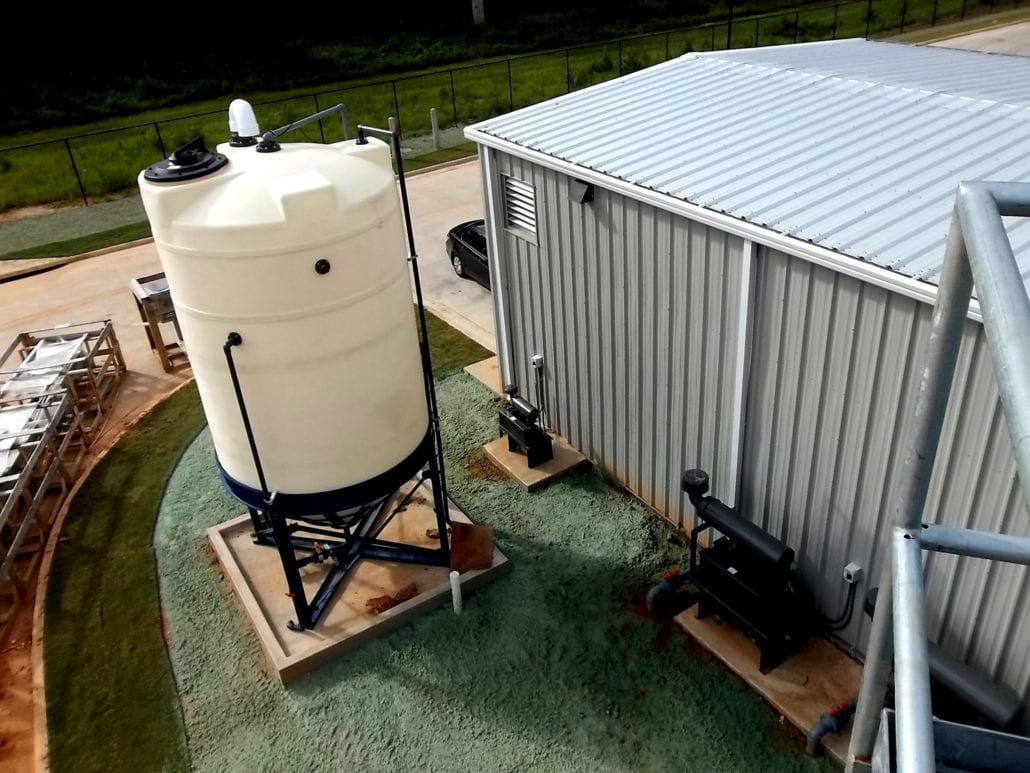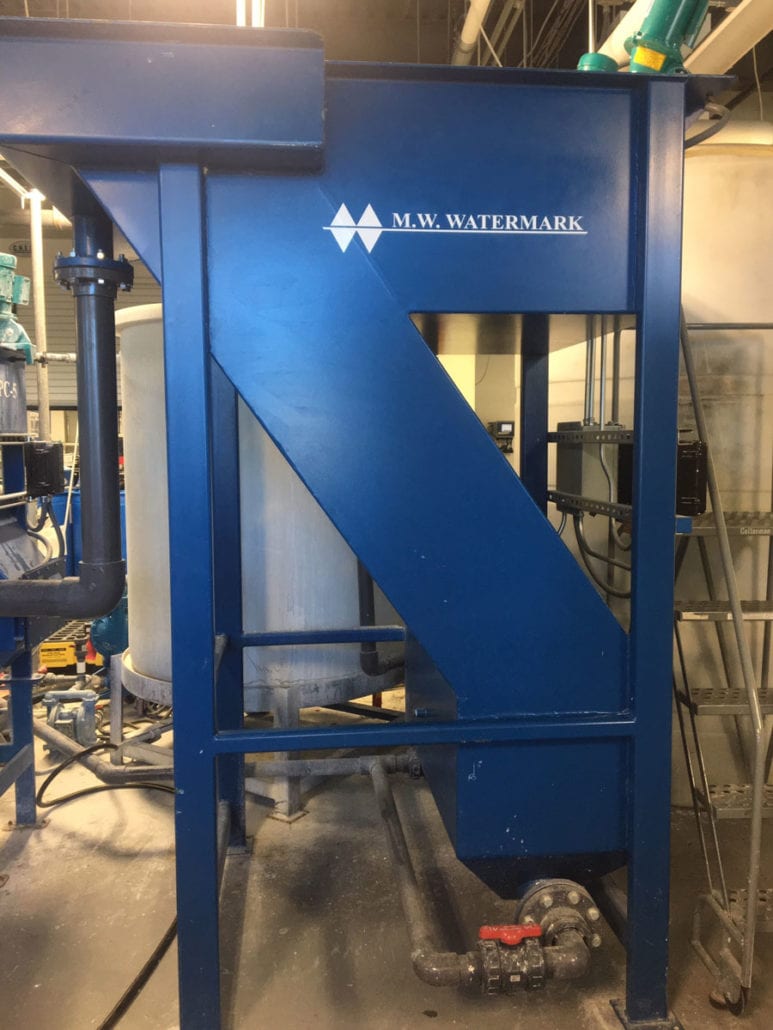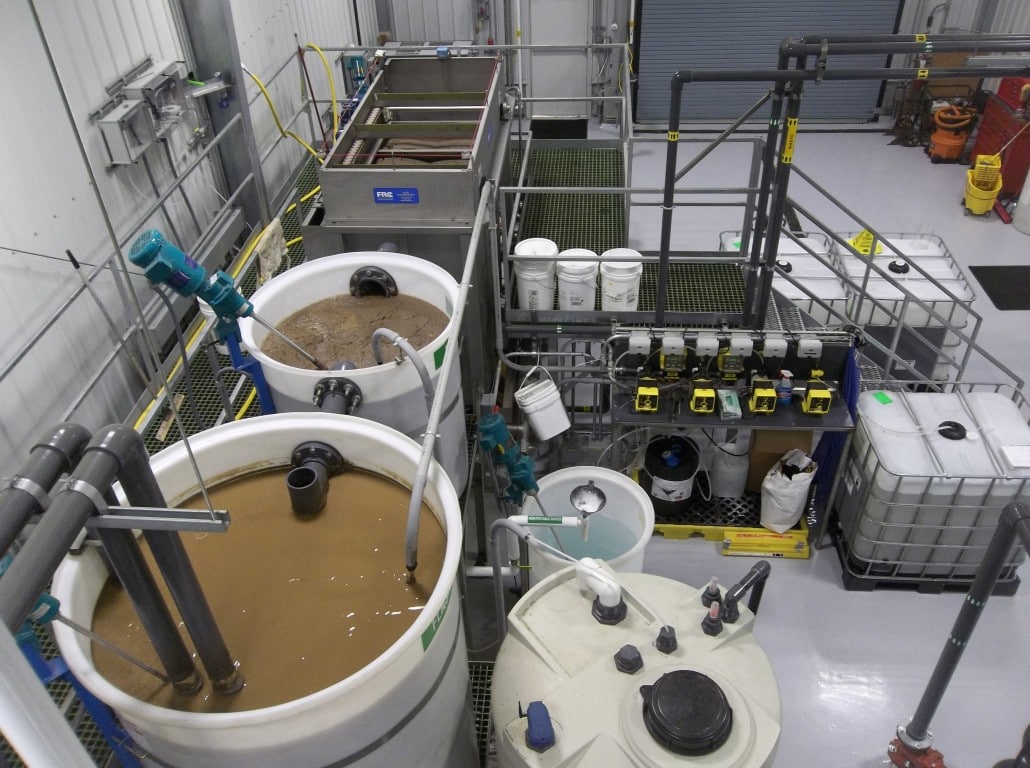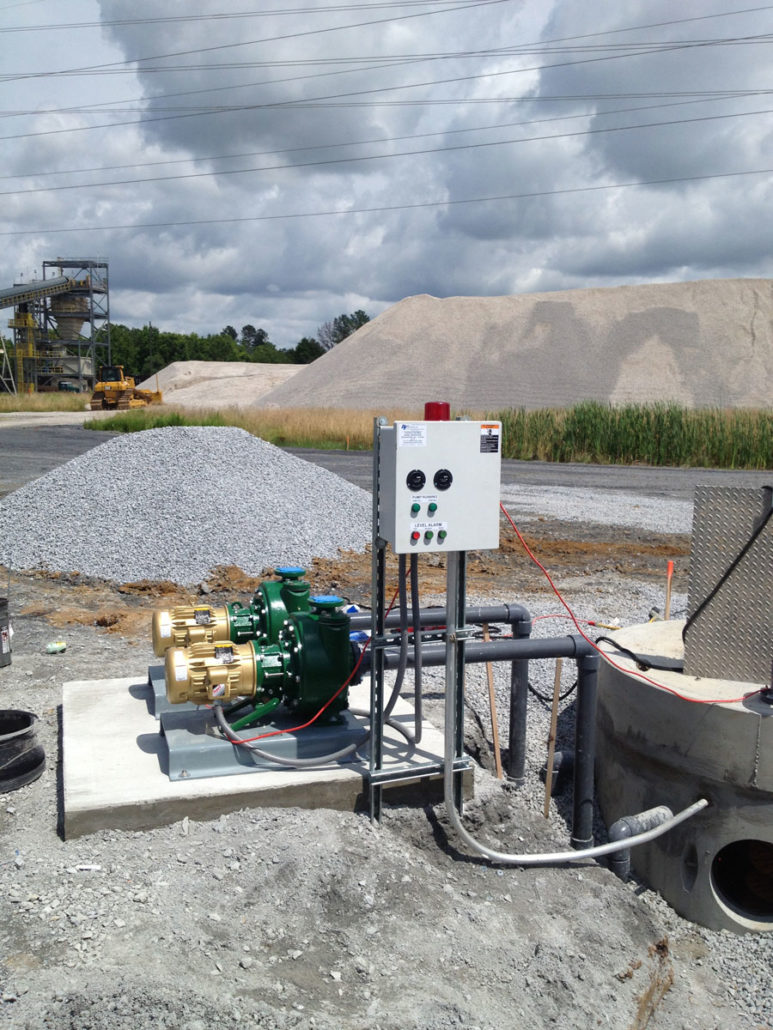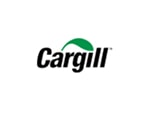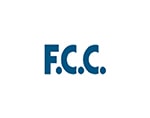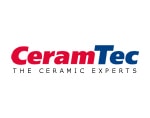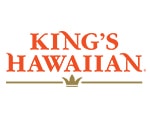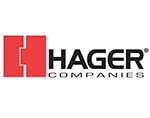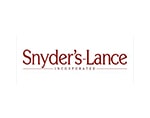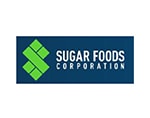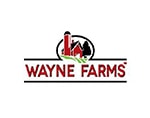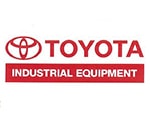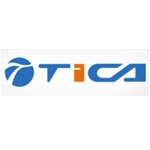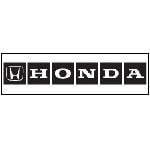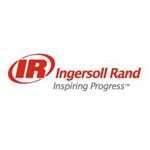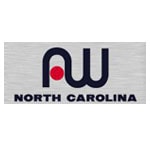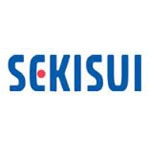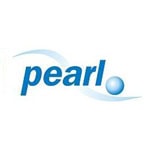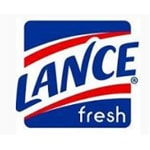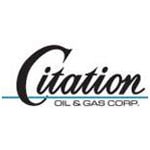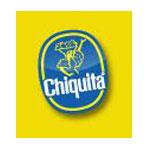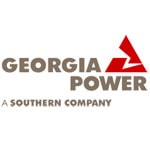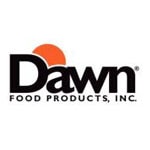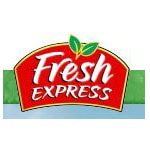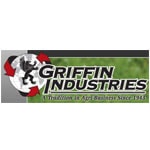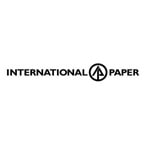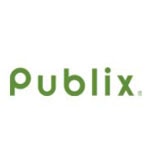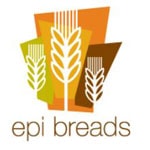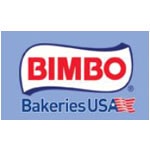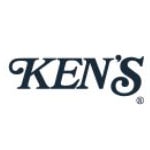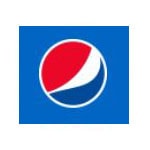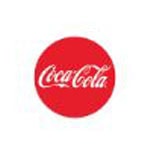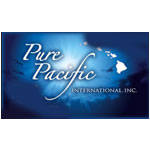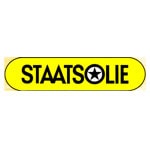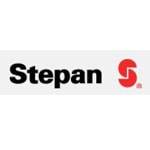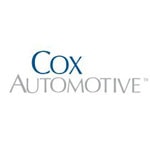Complete Water Services is comprised of professionals who create innovative systems to solve water & wastewater treatment problems. Our water and wastewater treatment system solutions are designed for industrial, commercial, and municipal applications, ensuring that every issue is addressed effectively using advanced proven technologies and techniques.
Cost-Effective and Sustainable Water and Wastewater Solutions
CWS has years of experience in producing treatment systems that can handle the many challenges of achieving potable water. Treatment and pretreatment are required in facilities that generate effluent with harmful contaminants.
Areas we specialize in:
- Industrial: We specialize in industrial water treatment systems that complement your operations and production process. We can design and build a specialized industrial water treatment or pretreatment system that successfully meets industrial discharge limits before being released into the environment.
- Commercial: Our commercial water treatment systems can meet your organization’s high-volume water treatment needs. These commercial water systems can improve potable water quality for safety and regulatory compliance.
- Municipal: We have developed efficient municipal water systems to protect the communities by ensuring drinking water remains safe for consumption and use before being conveyed to residents and public facilities.
We understand the importance of affordable and sustainable solutions when it comes to water treatment while adhering to environmental regulations. Fortunately, CWS designs and constructs wastewater treatment systems that will effectively treat the wastewater your business or organization produces and protect the environment from further harm.
Superior Services Aimed at Meeting Your Needs
Regardless of industry and application, we can facilitate the construction of your high-performance treatment plant or system that will produce the quality water you require. We assure your satisfaction, as our experts provide technical assistance in every aspect of project planning.
Our services include turnkey and a la carte options for your water or wastewater treatment system, including:
- Consultation and Training
- System Design
- Construction and Installation
- Custom Skid and Package Systems
- Troubleshooting
- Operational Services
From the inception of your system’s design to troubleshooting and maintenance, we’re here to guide you every step of the way. Trust our expert engineers and designers to end your wastewater dilemma to guarantee your business’s success.
Industries We Serve
Demanding industries that rely on high-quality water for their countless operations need industrial water treatment systems to ensure they have a steady source of water without compromising the environment. Therefore, we find a suitable solution using our cutting-edge technology and different treatment processes to complement their operations and applications.
Our services cater to the following industries:
- Manufacturing
- Food and beverage production
- Oil and gas
- Concrete
- Specialty chemical
- Pharmaceutical
- Textiles, foam, and rubber
- Recycling or reuse
Whether your facility needs a unique commercial water filtration system or specialized treatment plants for the specific effluent your organization generates, we can produce outcomes that exceed your expectations.
Solving Your Wastewater Treatment Challenges Through Expert Outcomes
Water treatment is crucial in keeping your business operations and facility running smoothly and sustainably. Through our state-of-the-art industrial water treatment systems and services, we can deliver unrivaled quality that will improve your bottom line.
Contact us today for more information about our water treatment and filtration systems. We can develop a cost-effective solution, depending on your requirements and project’s specifications!
Industrial Wastewater
Food Processing, Packaging, and Preparation
The food service industry covers a broad range of manufacturing processes including bread and sweet-good bakeries; meat, fish and poultry processors; vegetable preparation; animal and vegetable oil processing; beverage and condiment preparation.
Wastewater Generation
Although the manufacturing processes may be very different across the food service industry, the wastewater generated has similar characteristics and similar problems including:
- pH excursions caused by acid and caustic cleaning processes and the use or manufacturing of acidic products such as vinegar (acetic acid) and citric acid.
- High levels of settleable solids and suspended solids caused by cleaning operations and in-product loss during production.
- High levels of five-day biochemical oxygen demand (BOD5) and chemical oxygen demand (COD). BOD5 is a 5-day bio-assay type test and can be considered a measure of biodegradability as it relates to wastewater treatment. COD is a chemical degradation test that takes a few hours to complete and is used as a surrogate to BOD5.
- Excessive fats, oils and grease (FOG) caused during bakery operations, fryer and cooker cleaning; product loss during transfer; and in blending and cleanup operations. It should be noted that each pound of FOG generates approximately 2 pounds of BOD5.
Treatment System Components
The most common treatment processes for the specialty chemicals industry:
- Equalization
- pH adjustment
- Coagulation and flocculation
- Biological treatment
- Sedimentation (clarification)
- Recycle systems
- Solids handling
- Discharge monitoring
CWS is capable of providing the following services related to your water and wastewater handling needs:
Metal Manufacturing and Metal Finishing
The metal finishing industry covers a broad range of processes including electroplating, electroless plating, anodizing, coatings, etching and chemical milling, and printed circuit board manufacturing. This is the largest group of industries regulated by USEPA Federal Categorical Standards. WASTEWATER GENERATION Although the metal finishing processes vary across the industry, the wastewater generated has similar characteristics and similar problems. Wastewater is generated from a variety of unit process including:
Wastewater Generation
Although the metal finishing processes vary across the industry, the wastewater generated has similar characteristics and similar problems. Wastewater is generated from a variety of unit process including:
- Machining
- Cleaning and surface preparation
- Acid cleaning and surface preparation
- Caustic cleaning and surface preparation
- Paint stripping
- Solvent degreasing
- Plating and coating
- Anodizing
- Etching and chemical milling
Wastewater characteristics include:
- pH excursions caused by acid and caustic cleaning and plating bath carryover.
- High levels of heavy metals used in plating operations.
- High levels of phosphorus resulting from phosphate coating operations.
- High levels of cyanide which are used to improve the plating process.
- High levels of total toxic organics (TTO) TTO List associated with oily wastewater and solvents used for cleaning.
Treatment System Components
The most common treatment processes for the specialty chemicals industry:
- Equalization
- pH adjustment
- Coagulation and flocculation
- Biological treatment
- Sedimentation (clarification)
- Recycle systems
- Solids handling
- Discharge monitoring
CWS is capable of providing the following services related to your water and wastewater handling needs:
Specialty Chemical Manufacturing
Specialty chemical manufacturing covers a variety of manufacturing processes including but not limited to adhesives and sealants, coatings, carbon black, explosives, fatty acids, polymers, glycerin, printing inks, repellents, and cleaning solutions.
Wastewater Generation
The characteristic of wastewater generated from specialty chemical manufacturing varies greatly depending on the type chemical being manufactured. Primarily wastewater is generated as a result of process tank cleaning, housekeeping, and product loss. Wastewater is generally high in biochemical oxygen demand (BOD5), chemical oxygen demand (COD) and total suspended solids (TSS).
Some specialty chemical manufacturers are also regulated under the USEPA Federal Categorical Standards for Organic Chemicals, Plastics, and Synthetic Fibers (OCPSF) category and must meet a variety of limits for parameters associated with their particular category.
Other parameters of concern include:
- pH excursions
- High levels
- Metals
- Phosphorus
- Nitrogen
- Oils and grease
Treatment System Components
The most common treatment processes for the specialty chemicals industry:
- Equalization
- pH adjustment
- Coagulation and flocculation
- Biological treatment
- Sedimentation (clarification)
- Recycle systems
- Solids handling
- Discharge monitoring
CWS is capable of providing the following services related to your water and wastewater handling needs:
Textiles, Foams, and Rubber
Textile manufacturing is the weaving of cloth from either natural or synthetic fibers. Pretreatment standards for textiles are found under
Foams, latex and rubber industry pretreatment standards are found under
Wastewater Generation Characteristics
Treatment System Components
